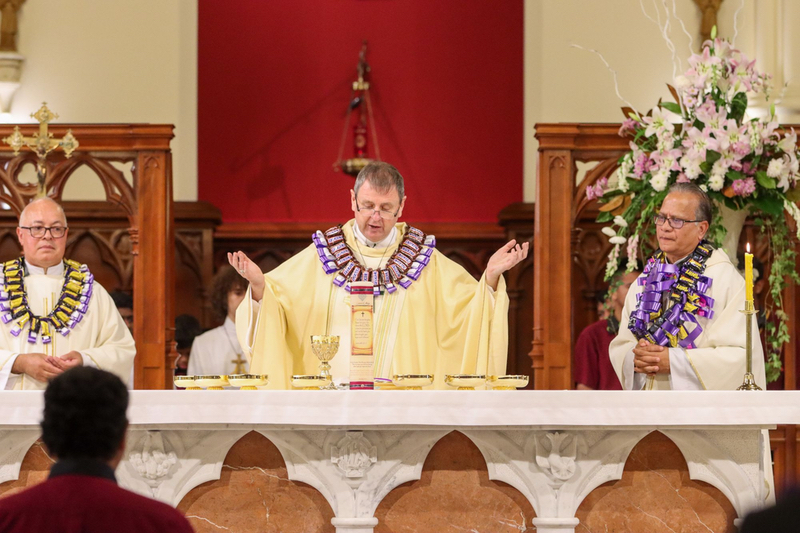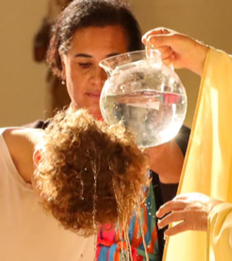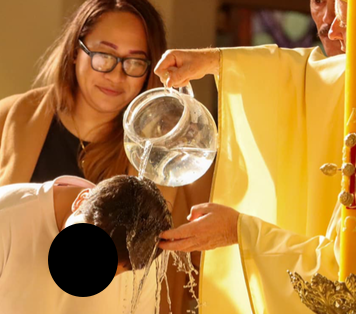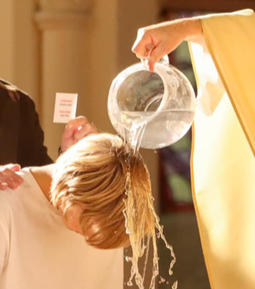Come on, it’s tradition!
No Snickering! ‘Bishop’ of Auckland wears Candy Bar Wreath at the Altar

Please suppress any urge to snicker at this. What you see above is a snapshot of 60-year-old ‘Bishop’ Stephen Marmion Lowe of Auckland, New Zealand, in the most solemn act of worship of the Most Holy Trinity that the Vatican II religion has to offer — the ‘New Mass’ of Paul VI. They supposedly believe it to be “the fount and apex of the whole Christian life” (Dogmatic Constitution Lumen Gentium, n. 11).
The fact that ‘Bp.’ Lowe is wearing a wreath of Snickers bars may seem odd, but in Polynesia, of which New Zealand is considered a part, this is a common tradition. Such garlands are called “leis”; and Wikipedia informs us: “Lei of various styles are given as gifts to honour people throughout the Pacific, being presented, for example, to visiting dignitaries, graduates, or to loved ones who are departing.” Furthermore:
A lei can be given to someone for a variety of reasons. Most commonly, these reasons include peace, love, honor, or friendship. Common events during which leis may be distributed include graduations, weddings, and school dances. Often the composition of a lei determines its significance. A lei made using a hala fruit, for instance, is said to be connected to love, desire, transition, and change.
(Wikipedia, s.v. “Lei (garland)”)
We do not profess to know what significance a lei of Snickers bars might have; however, we do know that this particular treat is rather nutty, and so it does seem to fit very well into the joy-filled church of Vatican II.
By the way, Lowe was not the only one sporting the candy-laden garland:

The occasion for this ‘Mass’ and its accoutrements was “Liston Day”, celebrated annually by Liston College, a local Novus Ordo school for boys aged 7-13. The location was the diocesan cathedral in Auckland.
For the occasion, Mr. Lowe also had the opportunity to baptize a few youngsters. He did so on the back of the head, full of hair, instead of on the forehead. According to traditional Catholic sacramental theology, in order for a baptism to be valid, the water must touch the scalp, not merely the hair. However, Lowe used a copious amount of water, so it is likely that the water did touch the skin at least in most cases:



To preserve as much privacy as possible, we have cropped and redacted these photos. The full images are available on the Facebook page of Liston College.
And so Liston Day came and went in Auckland. But not without S/snickers.
Image sources: Liston College / Facebook
Licenses: fair use



No Comments
Be the first to start a conversation